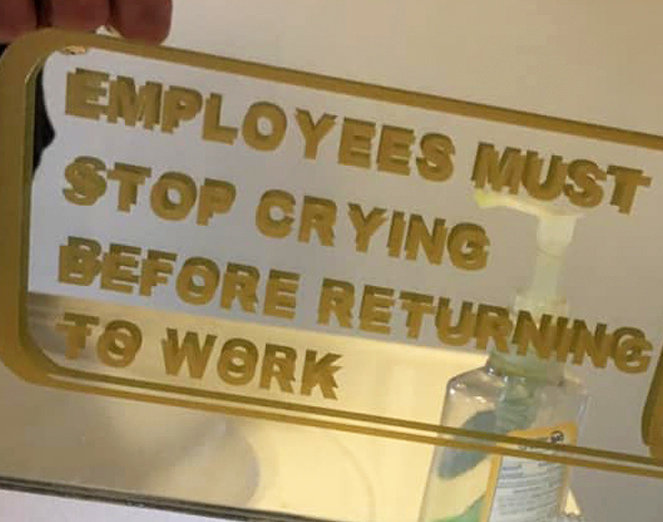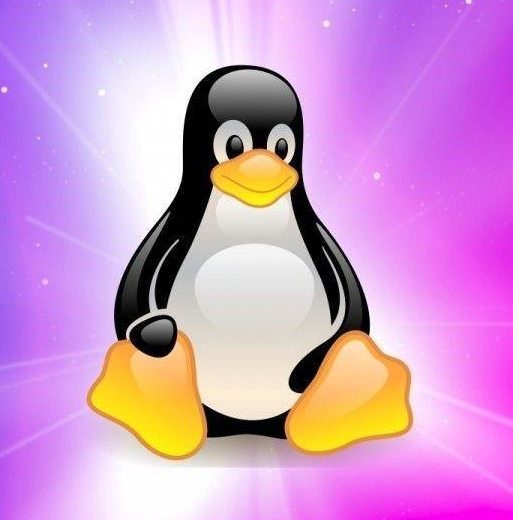So, you had to choose between the code that was still Open Source and the code that was now proprietary.
You are skipping ahead. The code the userbase follows may become the proprietary one.
If you stick with the Open Source, what you describe does not happen.
And this isn’t guaranteed with a permissive license.
If you moved to the proprietary, well, there you are. You clearly decided that the new features were more important than it being Open Source.
If this change happens without the knowledge on the userbase now the Open Source solution needs to advocade for it. And its competition supports all of its features and more. And will clearly upstream any features it adds as well.
Don’t get me wrong - I don’t mean to abandon all projects done by corporations. But a better license gives safety to all users.
Remember, it is only the new features. All the old code remains as open as it ever was.
You are not considering vendor lock-in, upstreaming open source changes, less transparency in regards of security, attributions, changes to contributer license agreements, conflicts of interest and probably more things.









That generalization is wrong. If the license does not state that freedom one can revoke said thing. The author(s) can change the entire license.
If not stated you may be able to fork off a previous version. Depending on the CLA (or its absence) you may have to speak with any contributor prior to publishing your fork!!!